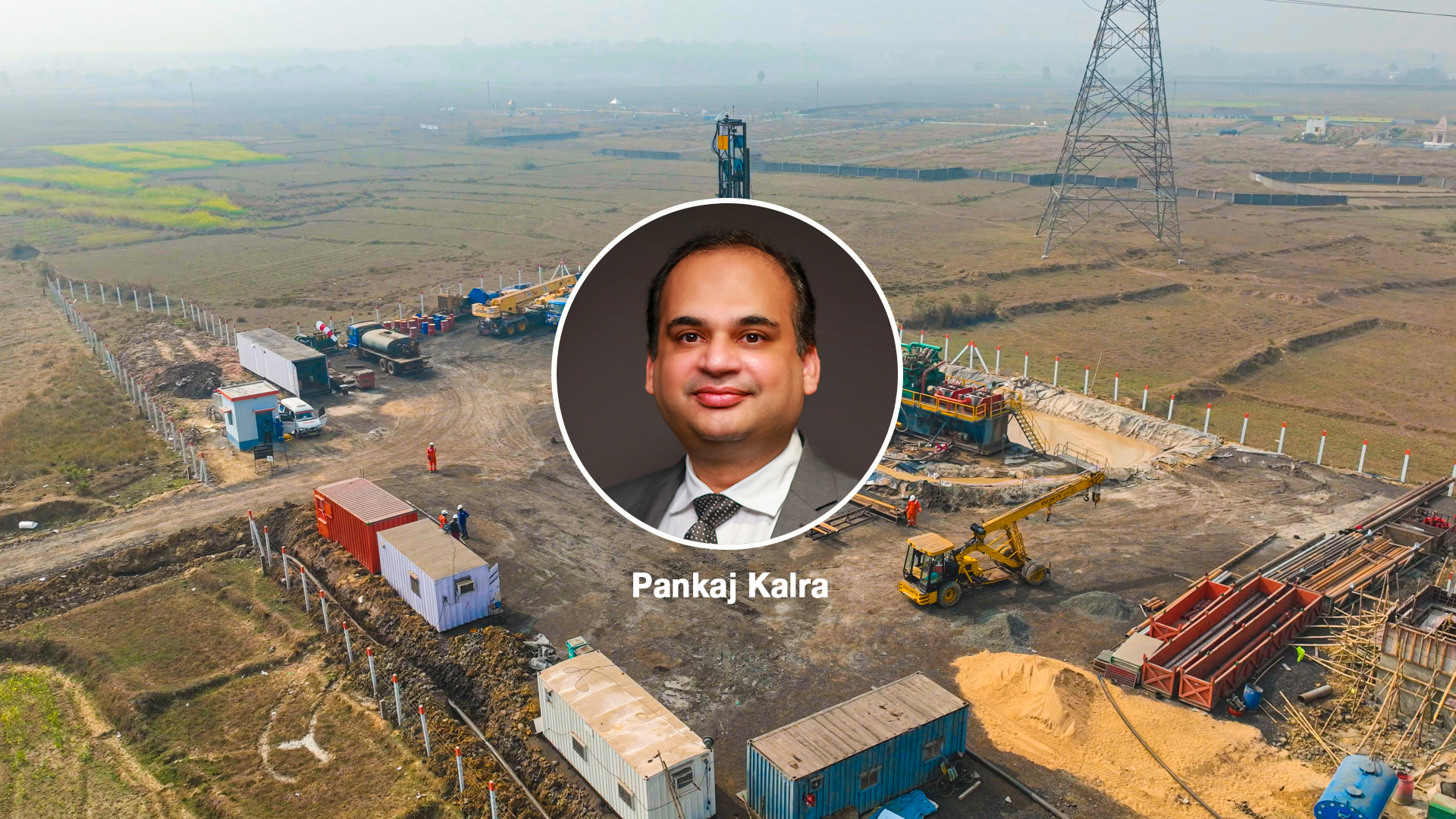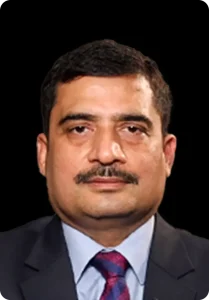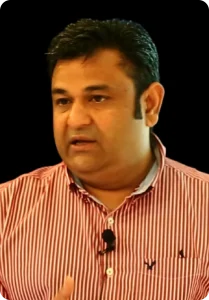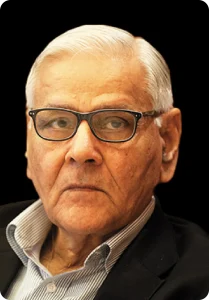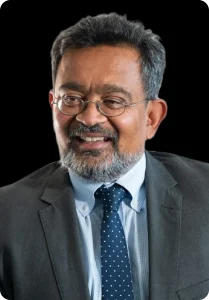- Enhanced oil recovery techniques, deepwater drilling, could unlock new reserves
- More incentives needed to attract private, overseas investments into upstream
- Digital transformation and AI set to alter India’s oil and gas sector for the better
Essar Exploration and Production Ltd. plans to invest in exploration and upstream infrastructure, including pipelines and storage facilities, as the company believes that the government’s policy initiatives aimed at promoting upstream growth and reducing reliance on imported energy will create new opportunities in the sector, its Chief Executive Officer Pankaj Kalra said.
In an exclusive interview with S&P Global Commodity Insights, Kalra said India’s upstream sector holds considerable growth potential in the next 5-10 years, as advances in technology, such as enhanced oil recovery techniques and deepwater drilling, could unlock new reserves. Additionally, policy reforms and incentives aimed at improving the investment climate will likely attract more players into the market.
“India’s upstream sector holds considerable growth potential in the next 5-10 years, driven by several factors. The government’s push towards increasing domestic production and reducing import dependency is expected to lead to more exploration and production activities,” Kalra said.
“We are open to invest in good exploration and production projects, particularly in emerging fields like unconventional resources. Essar’s experience in managing large-scale infrastructure projects can support the development of critical upstream infrastructure, including pipelines and storage facilities,” he added.
Essar, focusing on the upstream sector, was carved out by the owners of Essar Group after they sold Essar Oil — which mainly comprised downstream and retail oil operations — to a consortium comprising of Rosneft, Trafigura and United Capital Partners for $12.9 billion in 2017.
Essar’s portfolio comprises unconventional hydrocarbon acreage in India, along with conventional oil and gas blocks in Vietnam and Nigeria.
In India, Essar owns Raniganj in West Bengal as well as the Mehsana block in Rajasthan. The company, which has been pursuing E&P activity for CBM for the past 25 years, has about 12 Tcf of resources in place — comprising about 4 Tcf of CBM and 8 Tcf of shale — at Raniganj East Block, Kalra said.
And outside the country, Essar, along with Italy’s Eni, holds stakes in Block-114, located in the shallow waters of Song Hong basin in Vietnam. Eni entered the project as the operator after EEPL acquired the block in March 2010. EEPL and Eni hold 45% and 55% participating interests, respectively.
“Essar will further collaborate with international partners and technology providers to enhance its capabilities and drive innovation in the sector,” Kalra said.
India’s overall oil and gas output rose 1.3% on the year to 1.15 million boe/d in 2023. Upstream output has been declining nearly 1.1% on a compound annual growth rate over the past 10 years due to natural drop in mature fields of state-run upstream producers ONGC and Oil India, as well as due to a lack of monetization of existing discoveries and reduced number of new discoveries, according to analysts at Commodity Insights.
Investment challenges
Global explorers have increasingly pursued major discoveries in offshore frontier and deepwater areas. However, India still awaits the entry of international oil companies to participate in the current and upcoming Open Acreage Licensing Policy, or OALP, bidding rounds, analysts of Commodity Insights added.
Kalra added that for India to attract more foreign participation in the upstream sector, it needs to implement several key reforms.
“We need to streamline regulatory processes and reduce bureaucratic hurdles to make it easier for foreign investors to operate as well has improve transparency in bidding processes and contract terms to build investor confidence,” he said.
“There is also a need to incentivize investment by offering attractive fiscal incentives, such as tax breaks and royalty adjustments, to make projects more financially viable. Investment in infrastructure is needed to support upstream activities and ensure efficient logistics and transportation,” he added.
Commenting on the global upstream outlook, Kalra said the landscape was witnessing a complex phase of revival and transition.
“Higher oil and gas prices have indeed incentivized investment and activity in upstream projects. However, this resurgence is tempered by ongoing concerns about energy transition, regulatory pressures, and environmental sustainability. The industry is experiencing a shift towards more disciplined capital spending and a greater emphasis on efficiency and returns,” he said.
Power of AI, digital transformation
Kalra emphasized that digital transformation and technological advancements, particularly in artificial intelligence, along with an increasing focus on sustainability, have the potential to positively reshape the oil and gas industry in the medium to long term. As the sector progresses, it will be essential to integrate environmental, social, and governance (ESG) considerations into business strategies to ensure sustainable growth.
“Companies that proactively address climate change challenges and adopt advanced technologies will be better positioned for success. Moreover, fostering collaboration between government, industry, and communities can help drive positive outcomes and ensure a balanced approach to energy development and environmental stewardship,” he added.
Source: S&P Global

